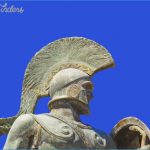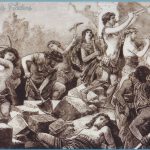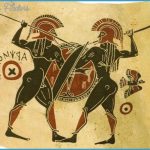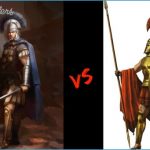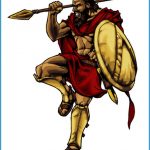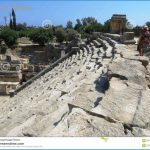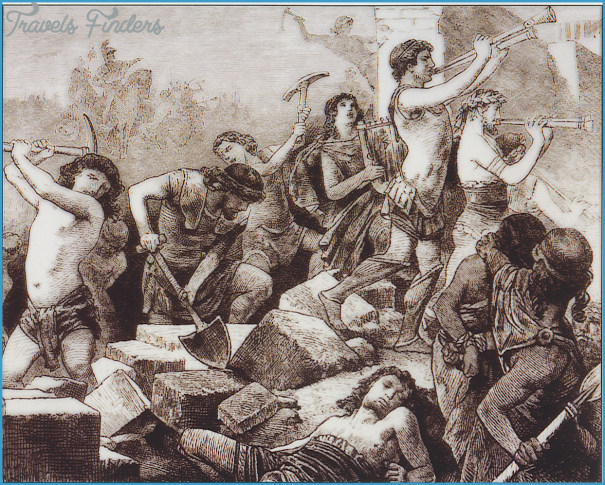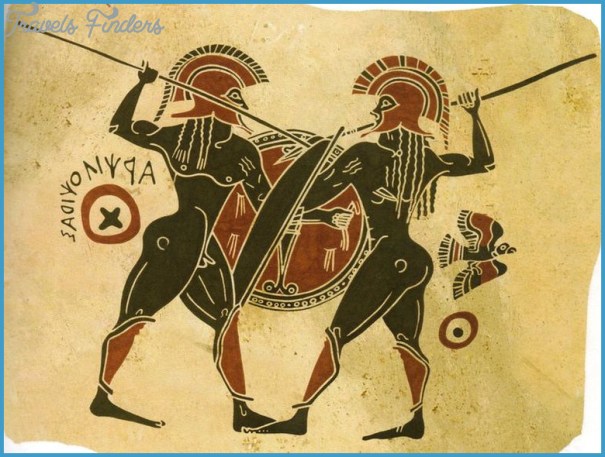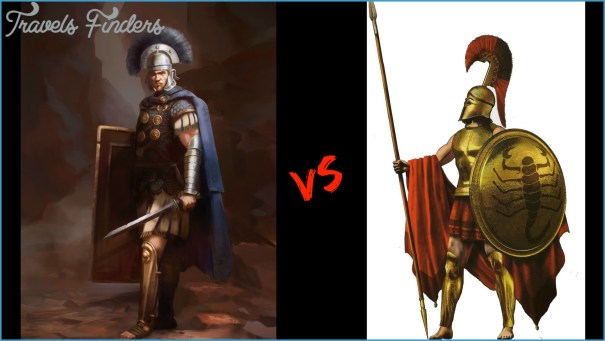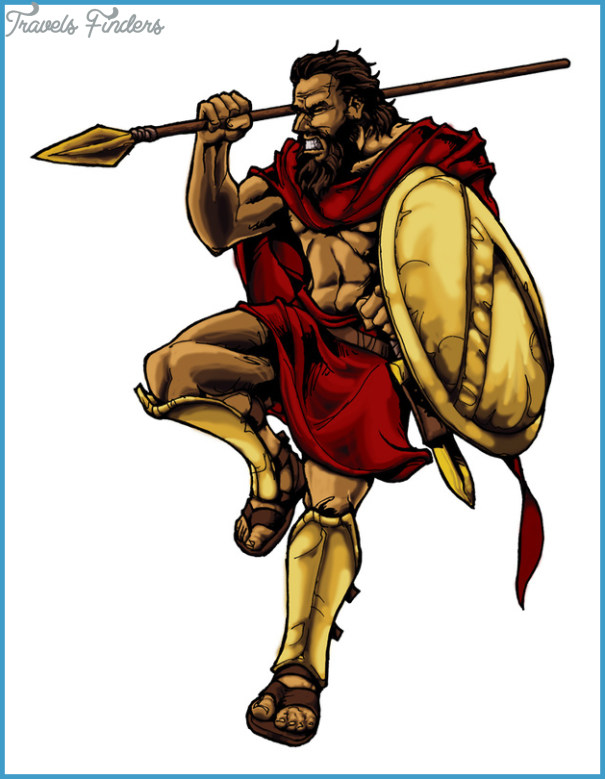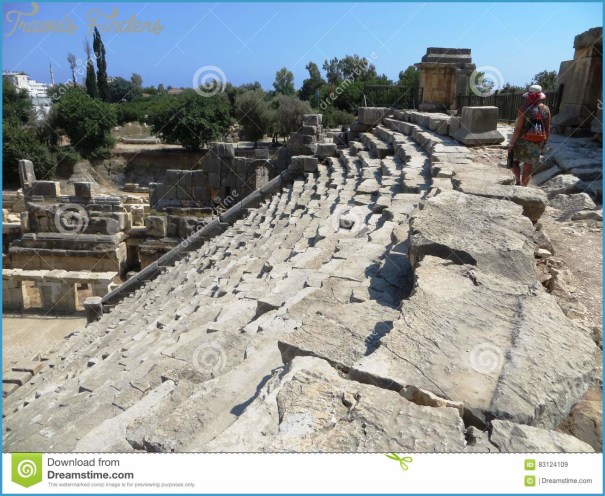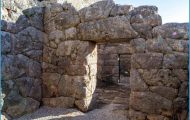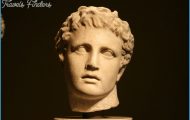Mythological Sparta is unlike the Sparta of Classical history. Early Sparta enjoyed a flourishing cultural and artistic life, but in the late seventh century bc this changed. Fearing defeat by either external enemies or their own slaves, the dominant classes adopted a regime of extraordinary austerity. Loyalty to the state was paramount. Boys housed in barracks from the age of seven were trained exclusively as warriors, while girls honed their bodies to bear strong children. An eccentric constitution melded monarchy, oligarchy and democracy, underpinned by an almost fanatical observation of religious festivals. Predictably many Spartans were sociopaths.
Sparta in History & Today Photo Gallery
Despite establishing some early colonies, Spartans were reluctant to become involved in international politics. They played no role in opposing the Persian invasion of 490 bc, claiming that the Carneia took precedence. Shamed as a result, three hundred Spartans under King Leonidas died holding back the second invasion at Thermopylae, and Sparta took the lead in every ensuing battle of the campaign until the victorious Greeks refused to follow their Spartan generals and command passed to Athens.
For the rest of the fifth century bc, Sparta and Athens enjoyed an edgy relationship, which erupted in the Peloponnesian War. In 404 bc Sparta hesitated to capitalize on victory and its power was diminished. It was even forced to build protective city walls, only to demolish them and scrap its constitution when it was conquered by a league of other Greek states under Philopoemen.
Under the Romans, Sparta featured on the tourist trail. When Pausanias visited, almost every street corner had mythological associations. One temple even boasted a beribboned egg, said to have been laid by Leda, suspended from its ceiling. By the third century ad, Sparta’s macho past was celebrated at the shrine of Artemis Orthia, where stone seating was installed to let audiences enjoy a degenerate version of an ancient initiation rite in which boys were flogged at the altar.
In ad 396, Sparta was overrun by Alaric the Goth. It never recovered. In the Byzantine era a new city was built in the foothills of Taygetus at nearby Mistra. After Greek independence in 1834, with Mistra in ruins, an elegant new town built on the site of ancient Sparta obscured much that was potentially of archaeological interest. Modern travellers may marvel at the prescience of Thucydides observation two and a half millennia ago.
Imagine that Sparta became uninhabited, with only the foundations of its buildings still intact. As time passed, future generations would, I think, find it hard to believe that it had ever been as powerful as men said it was. For Sparta has no very striking monuments and buildings.
There would be more remains had not the French Abbe Fourmont visited in 1730, intent on discovering inscriptions. His letters, freely describing himself as ‘a barbarian in Greece’, make chilling reading.
For a month now I have been engaged with thirty workmen in the complete destruction of Sparta; not one day passes on which I do not find something – some days I have discovered up to twenty inscriptions! Imagine my joy at recovering so many marbles. Perhaps by my demolishing its walls and temples, so that no stone rests on another in even the smallest shrine, its location will be unknown in future, but at least I have some evidence by which to recognize it, and that is something. This is the only way that I could make my journey to the Peloponnese illustrious – it would have been quite pointless otherwise, and that would have suited neither France nor me.

